In the 1920s, Kissena Boulevard was a road of scenic transition, connecting the bustling village of Flushing with the open green spaces to its south. The boulevard was known for its famous plant nurseries, particularly the Parsons and Kissena Park Nurseries, which had operated for decades. These businesses occupied vast tracts of land along the road, cultivating trees, shrubs, and ornamental plants that were shipped across the country. The nurseries gave the area a distinctly rural and well-manicured appearance.
The boulevard also served as the main route to Kissena Park, a large public park that offered residents a boating lake, picnic areas, and walking paths. The Kissena Park Golf Course, a public course that opened in the mid-1920s, became a major destination, attracting golfers who traveled down the boulevard for a round. The road itself was developing from a country lane into a more formal, paved thoroughfare to handle the increasing automobile traffic.
Residential growth began to spread out from Flushing’s center, with new homes being built on land previously occupied by the nurseries. These were mostly single-family houses designed for middle-class families who were drawn to the area’s park-like setting and its convenient access to the Long Island Rail Road and the new subway line in Flushing.
Read more
The 1930s brought a significant and lasting change to the landscape of Kissena Boulevard. The economic hardship of the Great Depression caused many of the old nurseries to struggle and sell off their land. In 1937, one of the most important developments in the boulevard’s history occurred when Queens College was established on an 80-acre site between Kissena Boulevard and Reeves Avenue. The new college occupied the former site of the New York Parental School.
The founding of Queens College marked a fundamental shift in the neighborhood’s identity. It brought a new academic focus to the area and spurred further residential and commercial development to serve the students and faculty. The boulevard became a primary route to the new campus. Bus routes running along Kissena Boulevard connected the college to the transit hub at Main Street, making it accessible to students from across the borough.


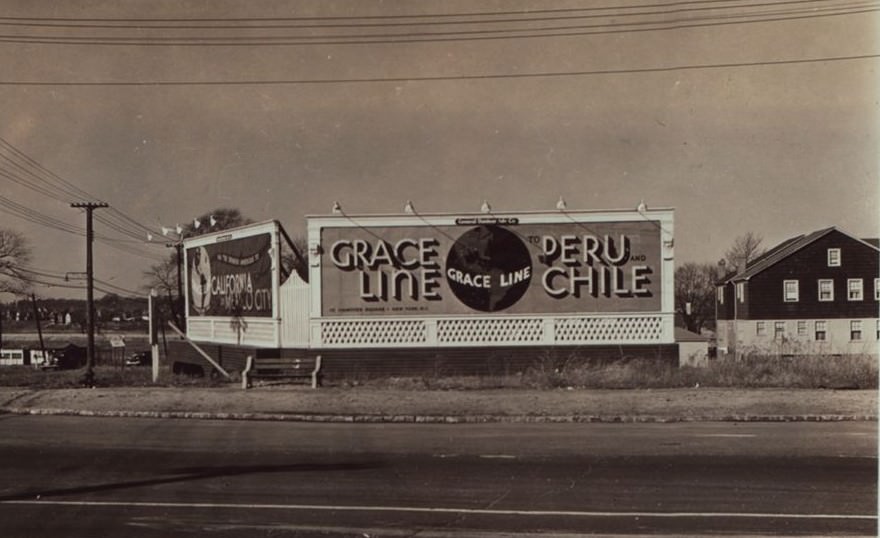
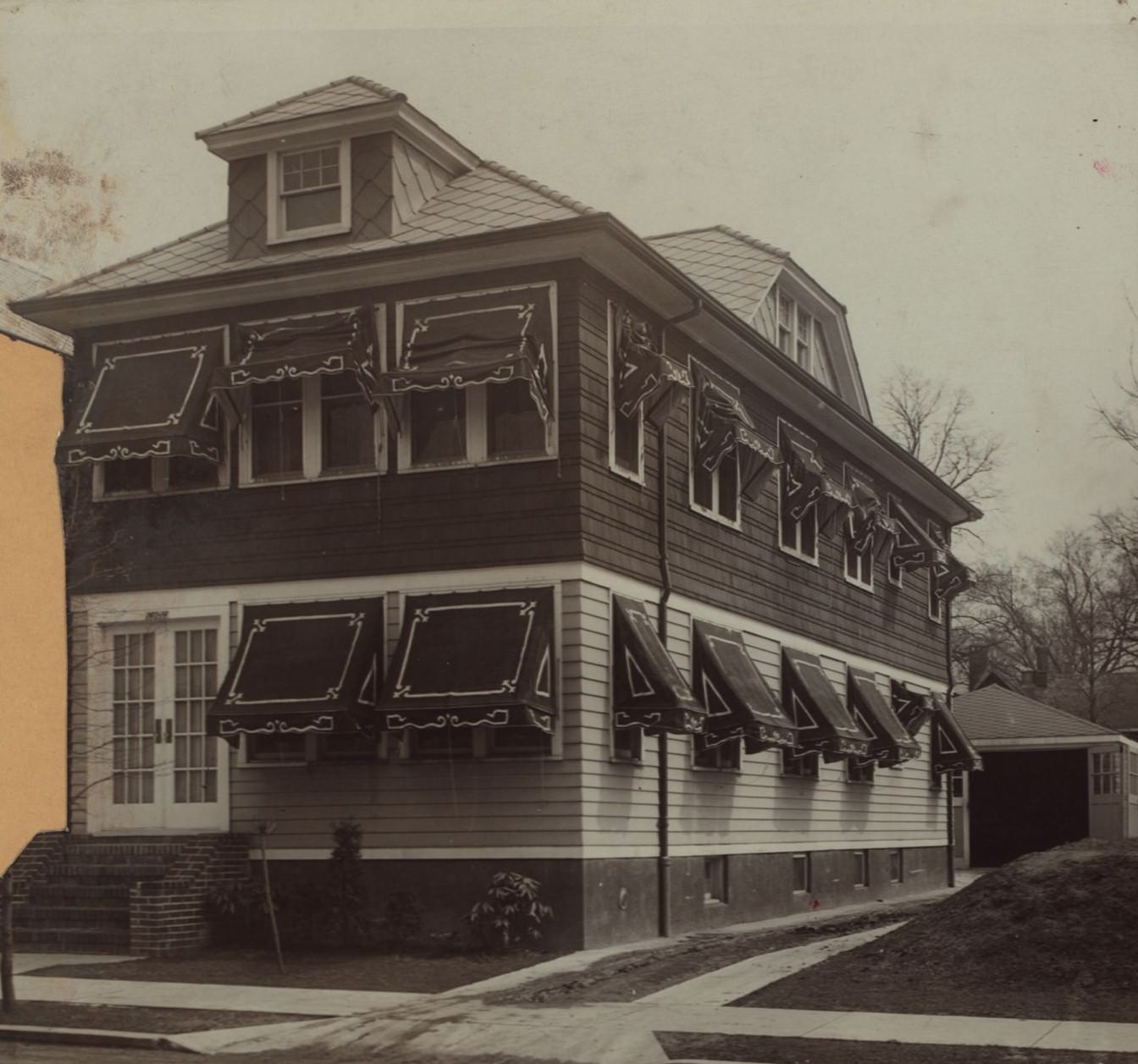
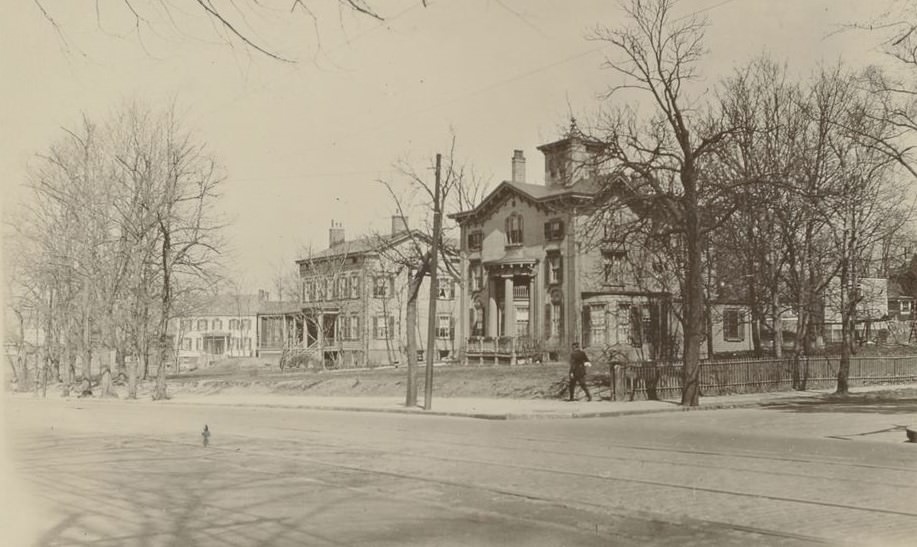

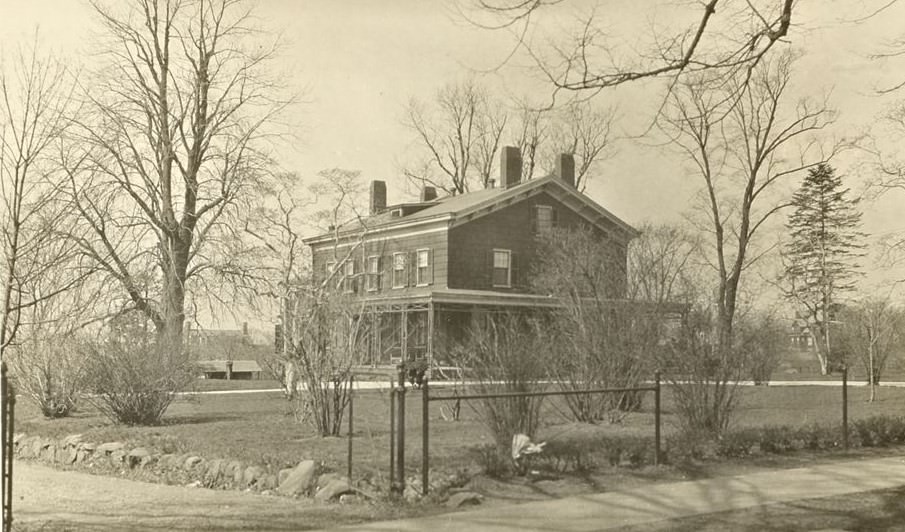
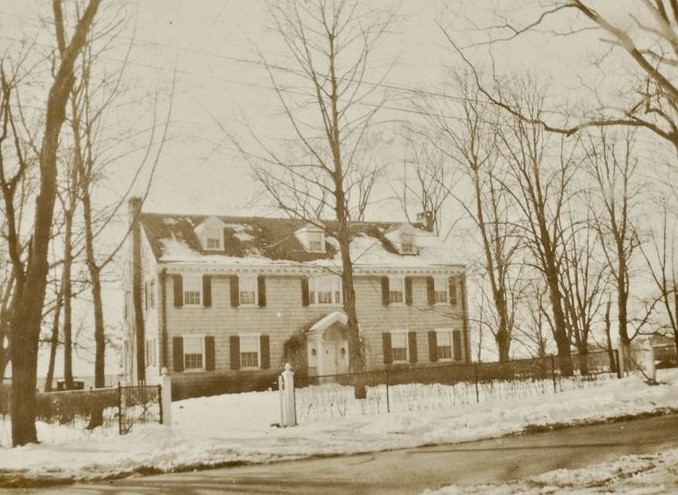
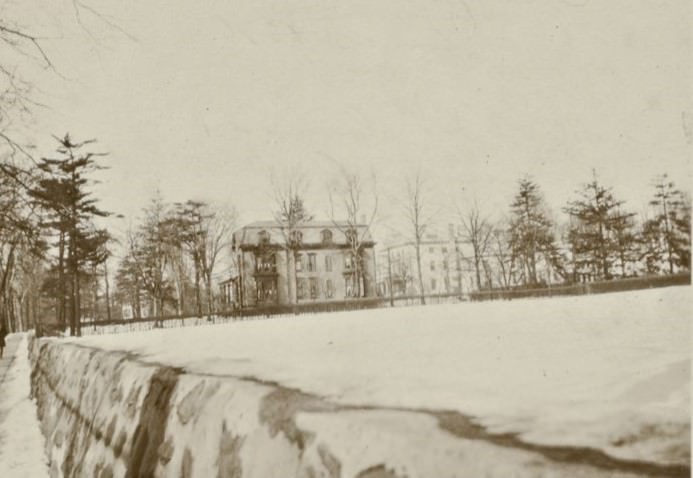
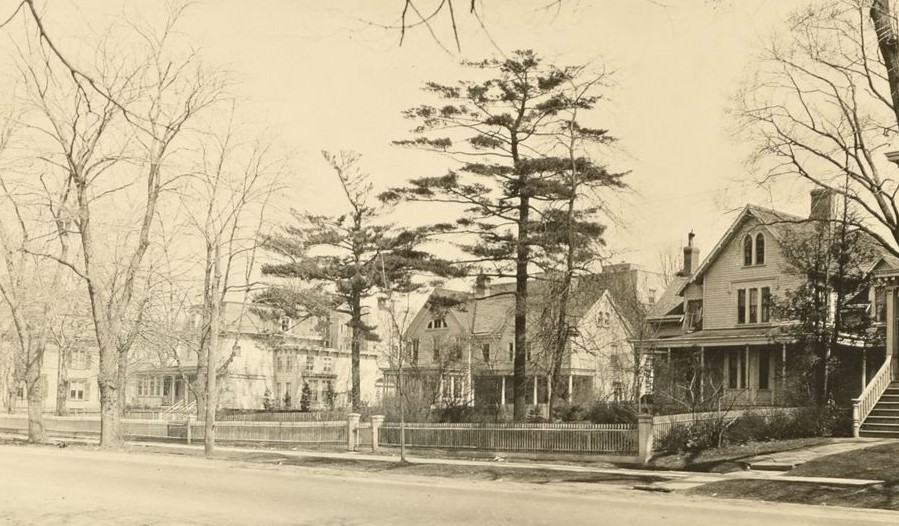
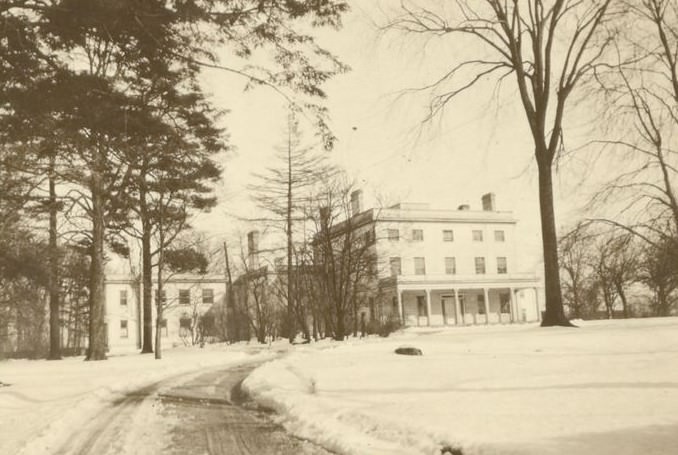
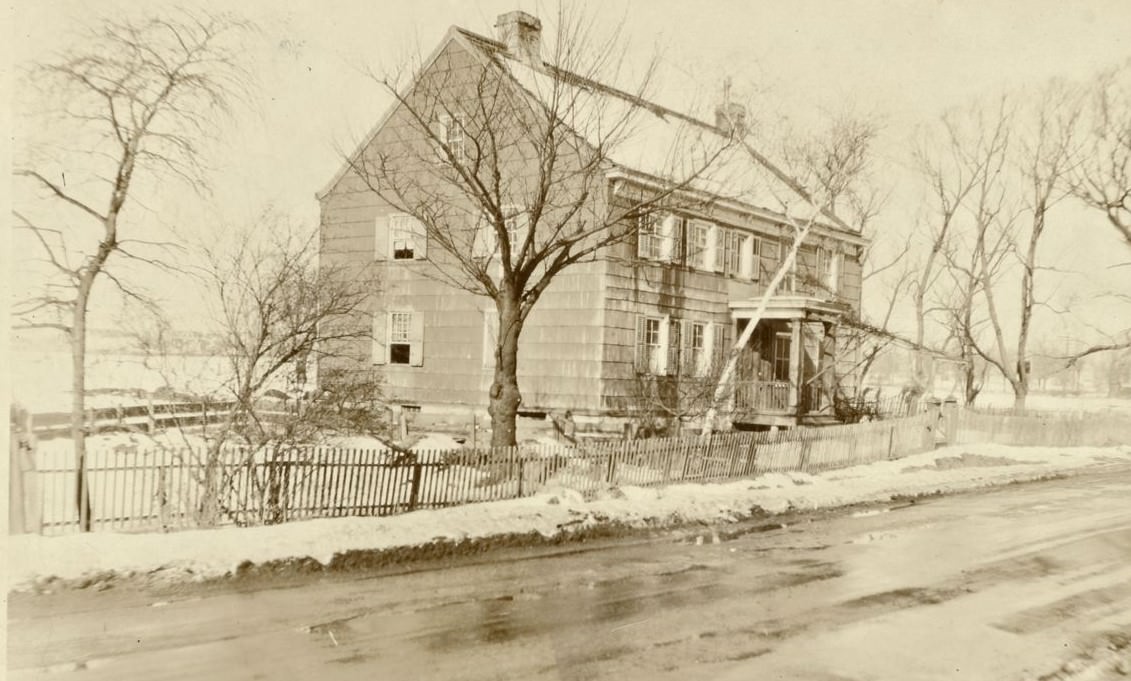
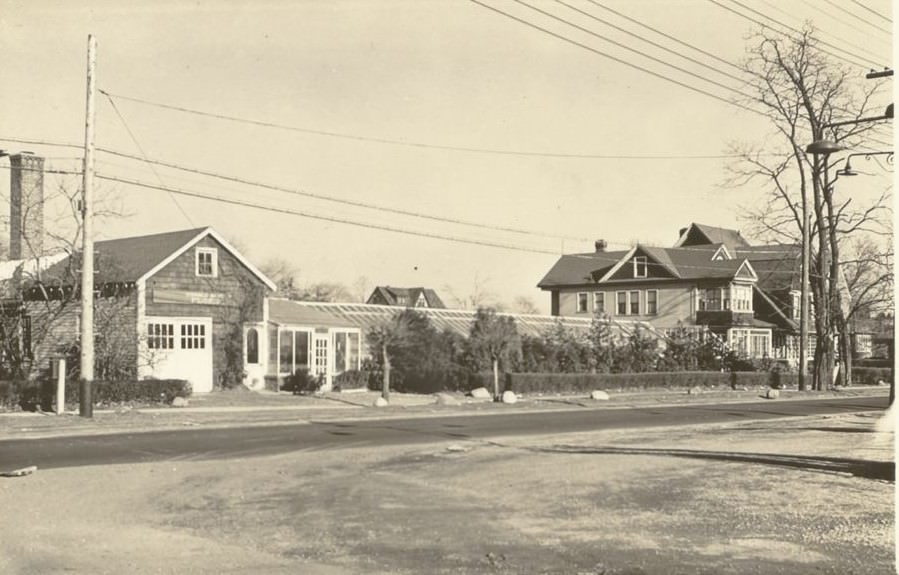
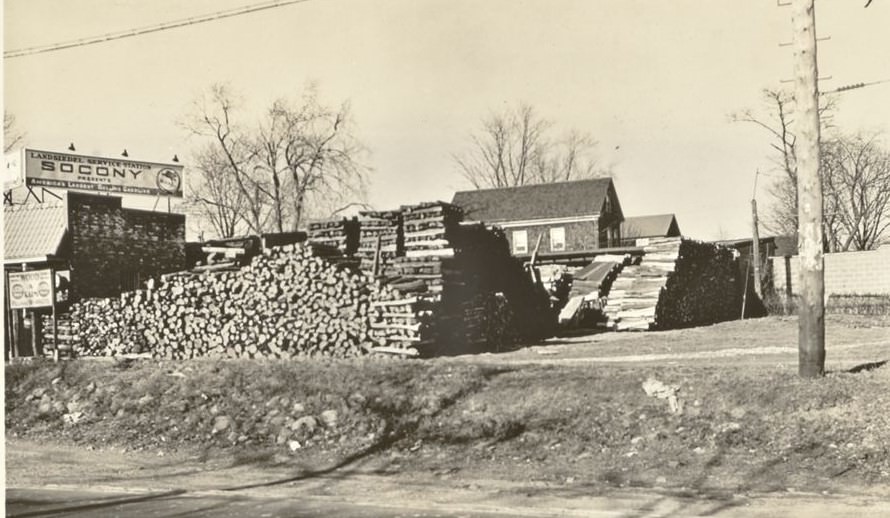
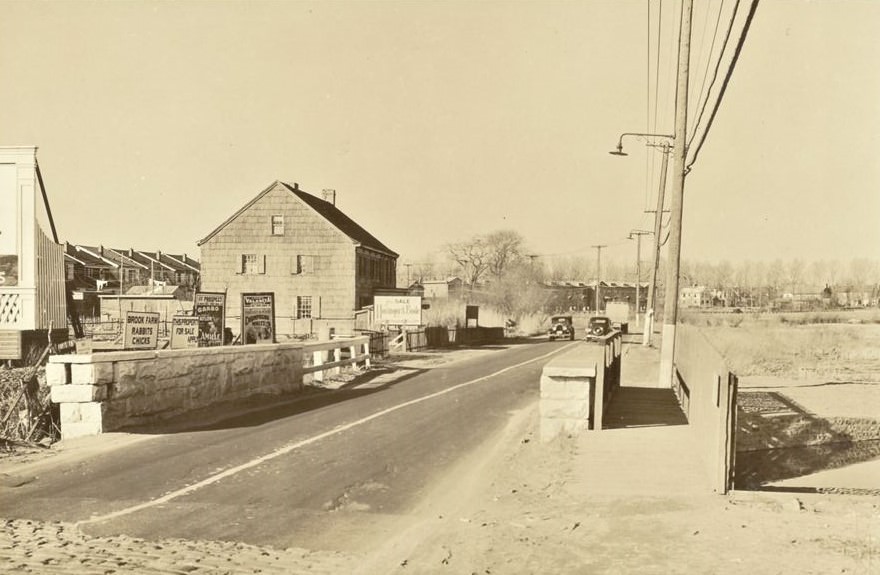
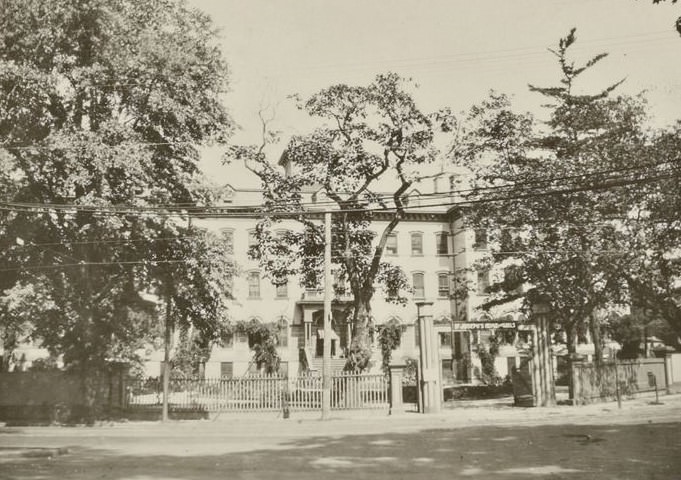
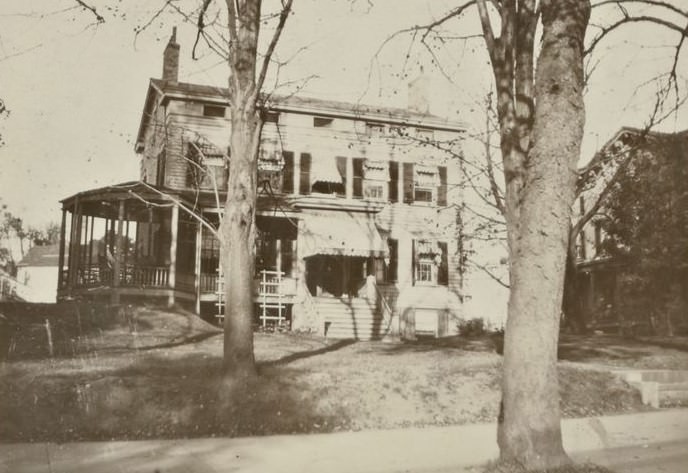
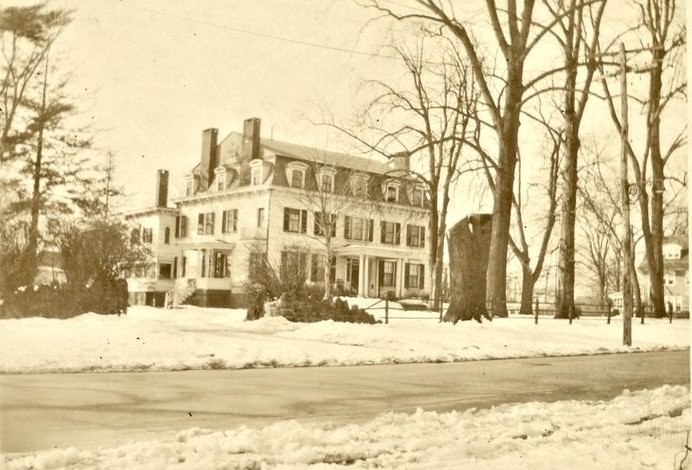
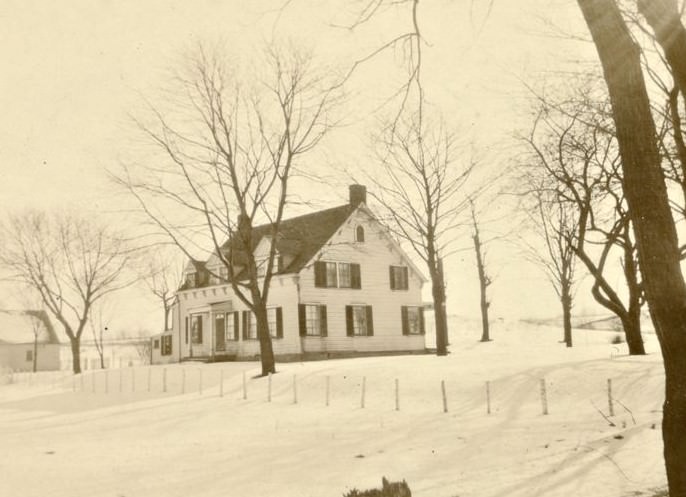
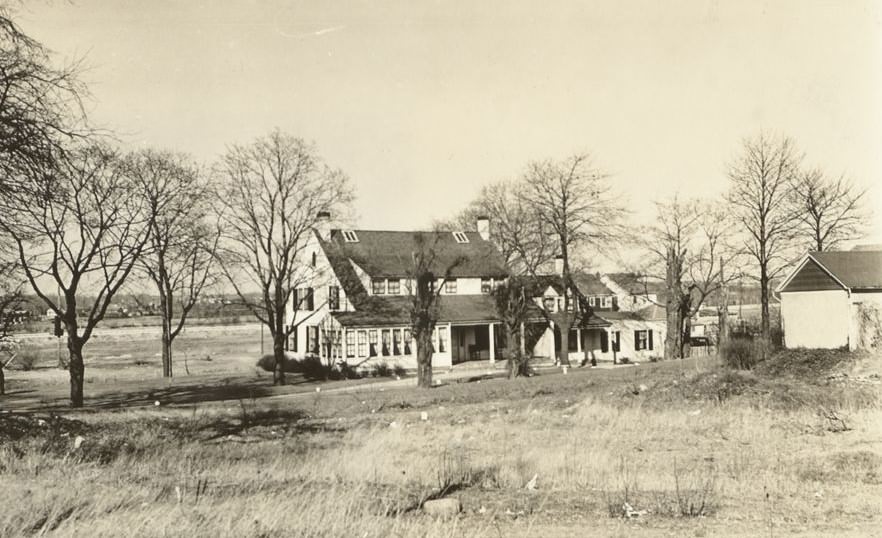
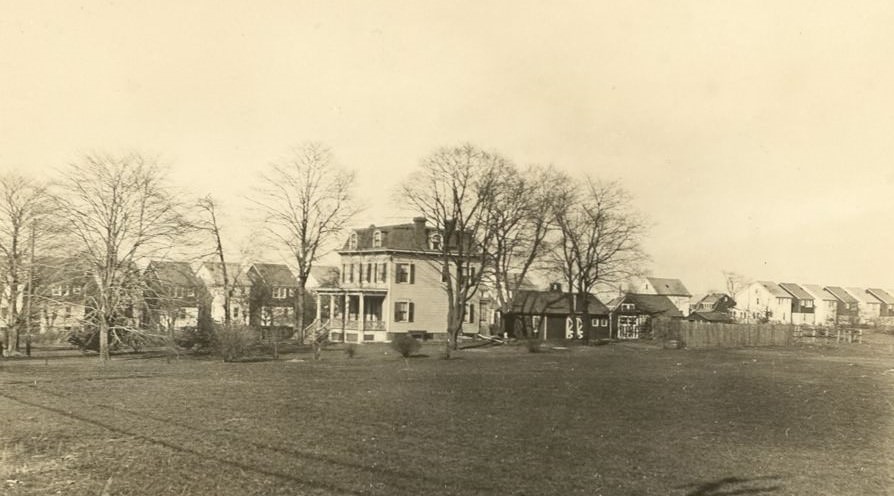
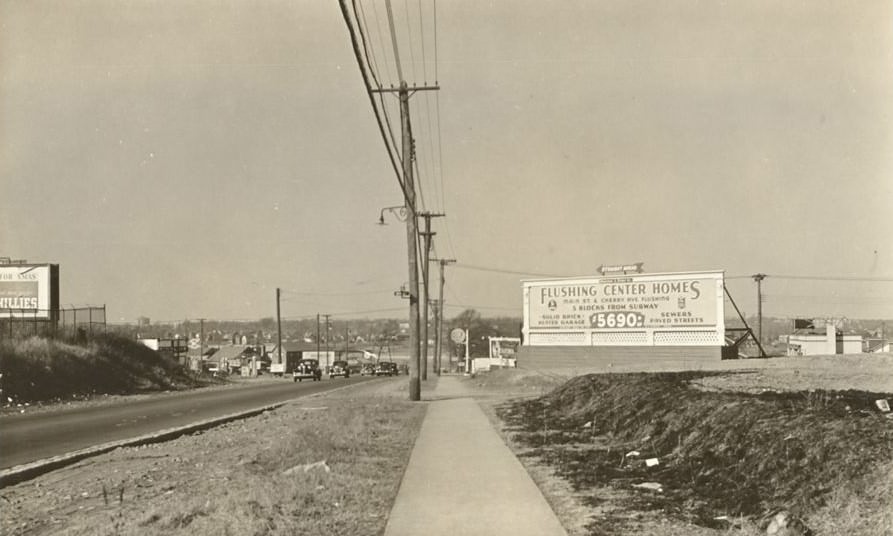

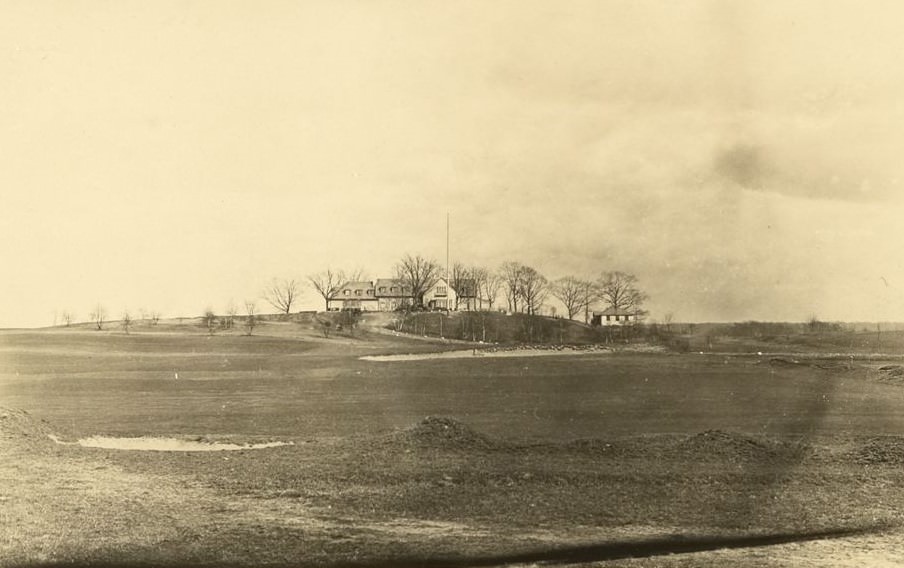
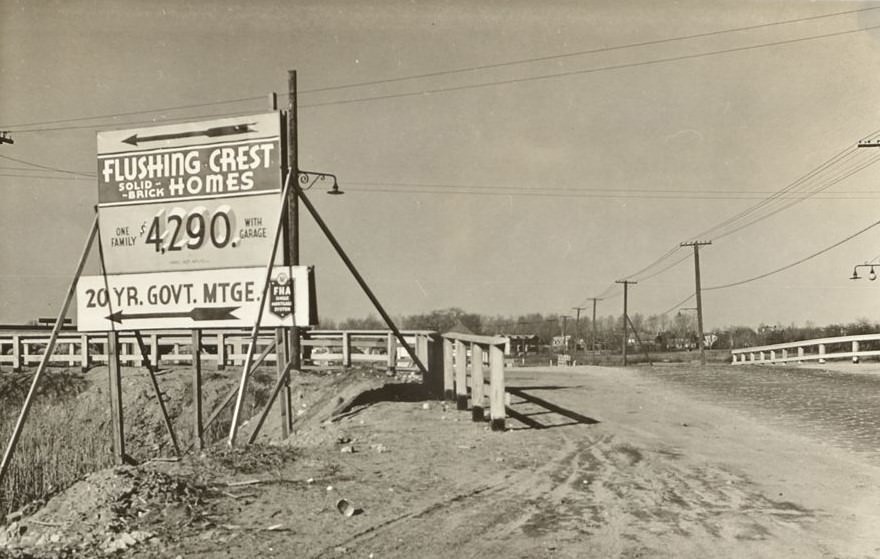
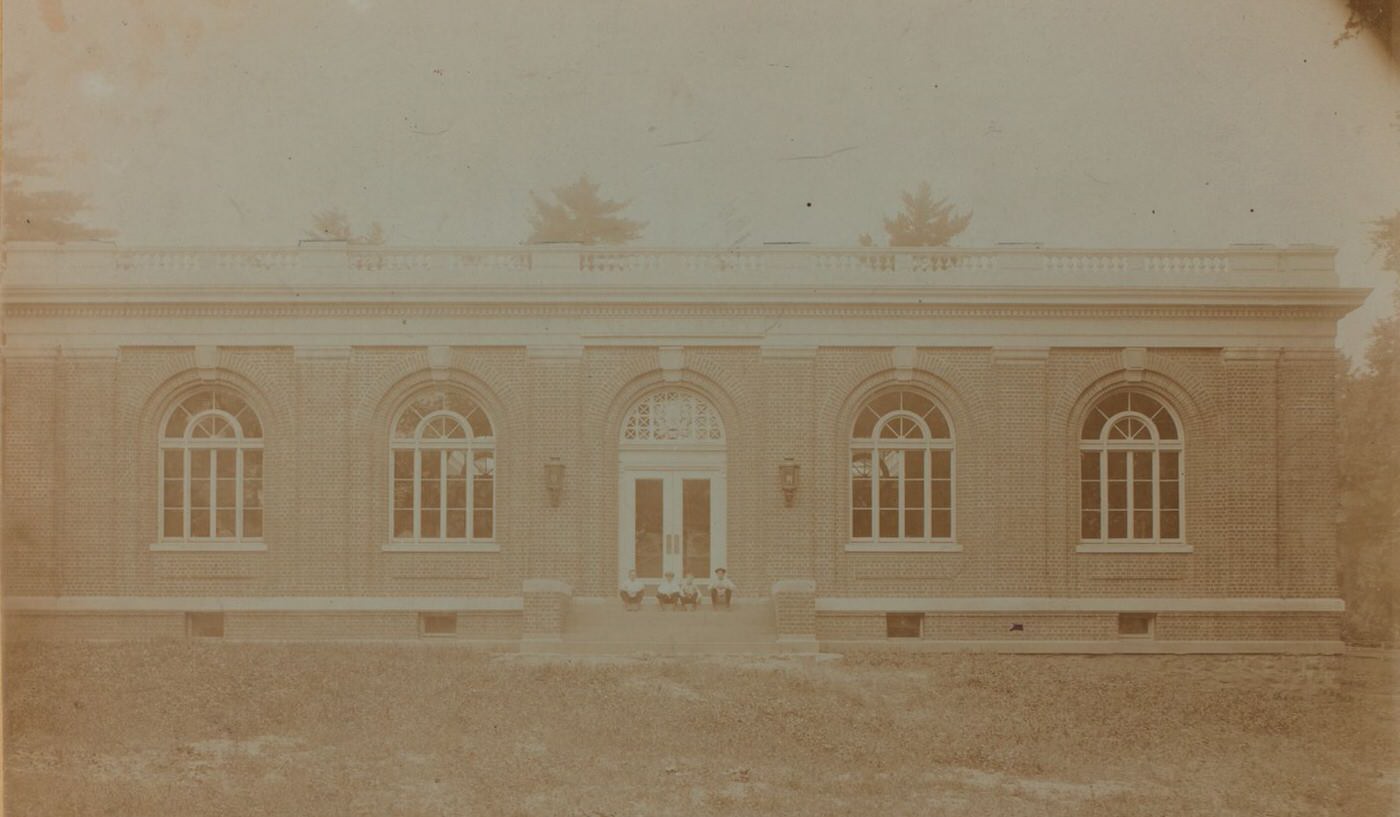
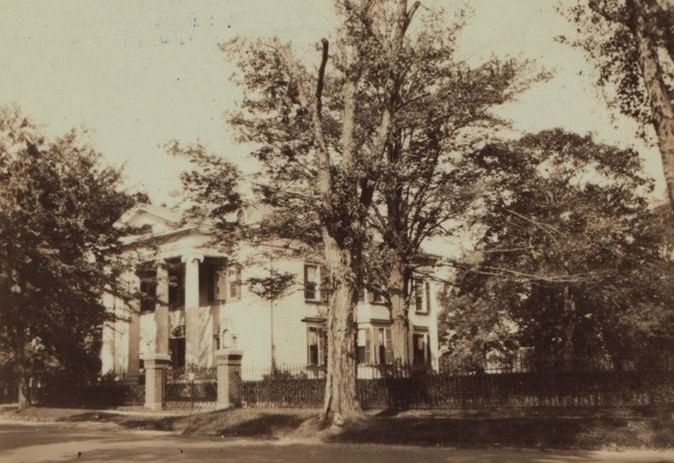
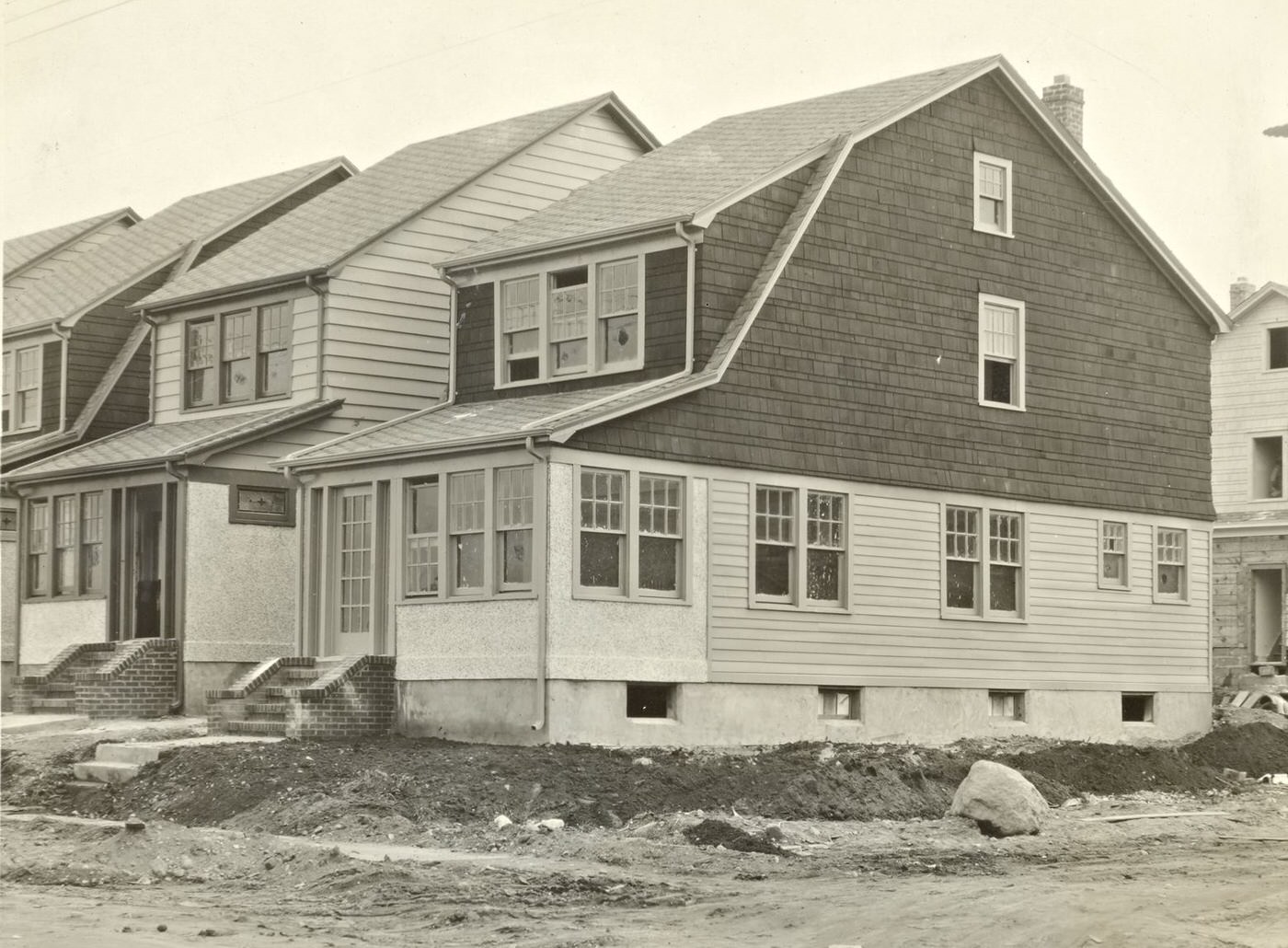

GIPHY App Key not set. Please check settings